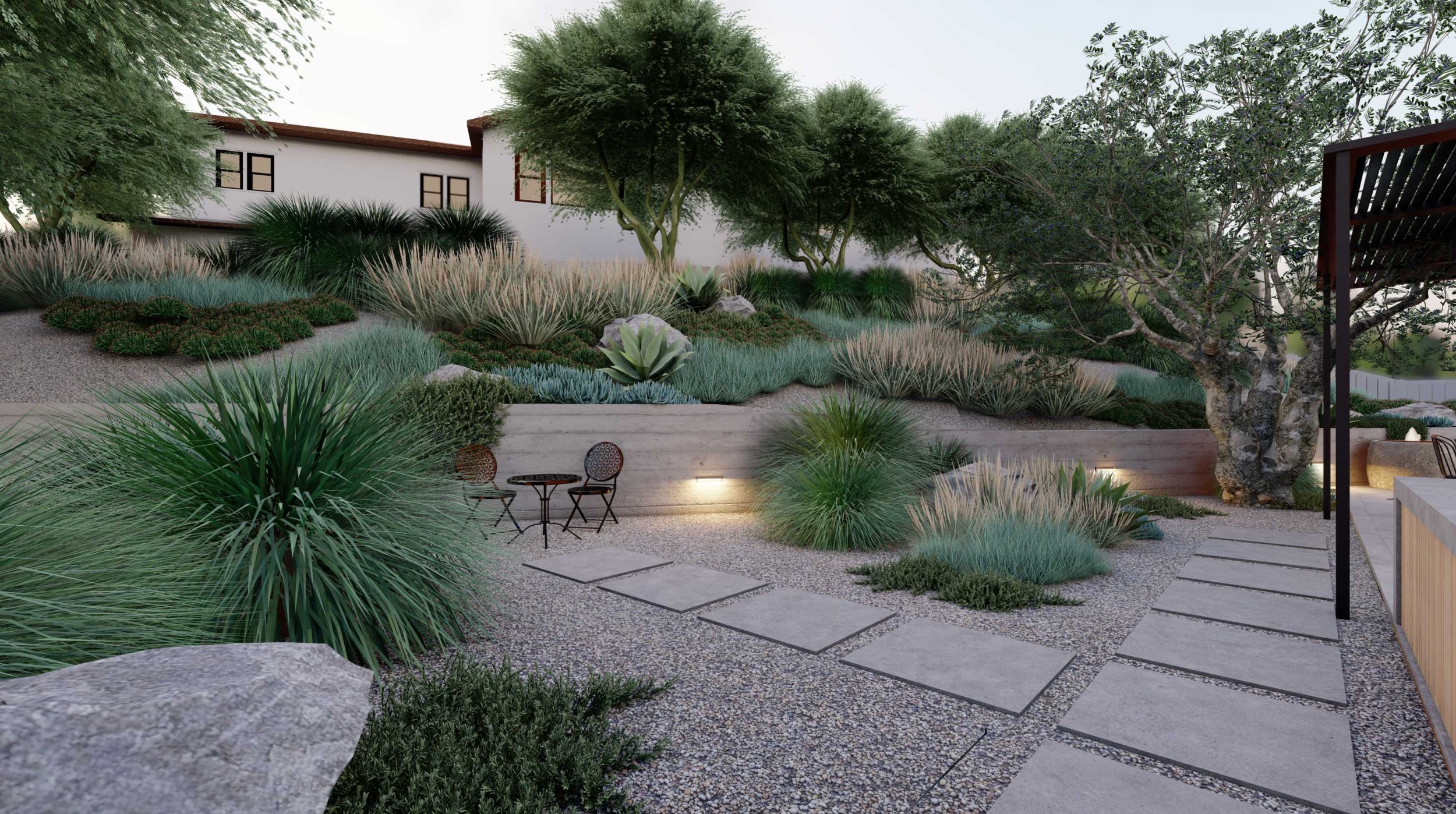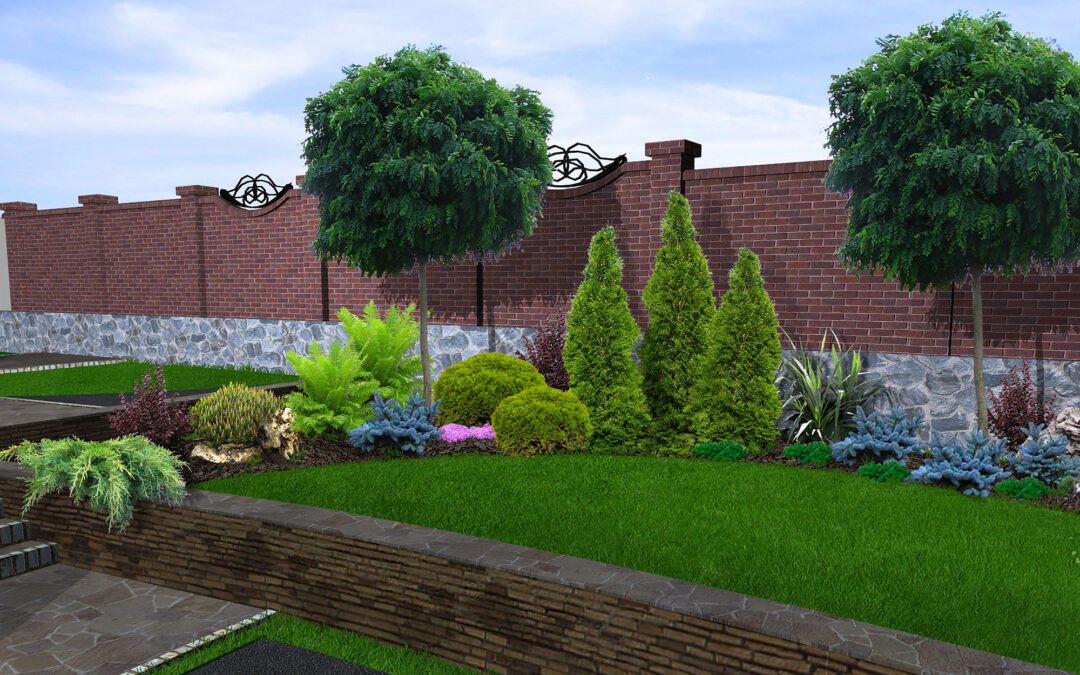What Does Landscapers Mean?
What Does Landscapers Mean?
Blog Article
Some Of Landscapers
Table of ContentsLandscapers Can Be Fun For AnyoneAll About LandscapersTop Guidelines Of LandscapersAn Unbiased View of LandscapersExamine This Report on Landscapers
- A tree or shrub (shrub) that loses its leaves in winter season. In the PNW there are semi-deciduous or semi-evergreen plants that might shed their fallen leaves depending upon just how cold the winter is. Abelia and some hebe are good examples. Landscapers. - A flat event room, made of timber or composite product (made to look like wood), usually nearby or connected to a structure.

- Granite that is weathered to the factor that it is a really fine aggregate. This is a natural procedure, and the outcome can be used for paths and outdoor patios. Decayed granite is typically described as DG. It is specifically useful in modern landscapes. - Secret landscape functions being recommended in a landscape layout strategy.
Rumored Buzz on Landscapers
These goals guide the style procedure, not the developer's design or preferences. Common layout goals in Portland are reduced maintenance, drought forgiving, and animal pleasant.
Nevertheless, in time this layer can obtain extremely thick and make it challenging for water, sunlight, and nutrients to reach portions of the lawn.- The process of collecting and managing the flow of water on a home. This can be finished with grading, French drains pipes, dry wells, absorptive surfaces, sump pump, rainfall gardens, and extra.
Quality at the bottom of hillsides, with natural springs, or loaded with heavy clay have one of the most drainage problems.- A sluggish feeding watering system that uses adaptable tubing and emitters to send out a precise quantity of water per plant. This is the most efficient method of irrigating plants. - The capability of a plant to endure without much summer water.
- A garden attribute where water is represented by an accumulated rock product, normally a crushed rock or granite.- A stone or flagstone patio area, path, or sidewalk constructed without a concrete base.
Top Guidelines Of Landscapers
- A rock preserving or cost-free standing wall surface constructed without the use of mortar. A highly competent mason is needed for a dry pile stone wall. A lot of wall surfaces in Portland are moist stacked, also if they seem. - A below ground framework that collect water and enables it to slow down percolate right into the dirt around it.
Landscape design that works with a sites' environment in both look and sustainability without unfavorable effects to the setting. Bordering in the landscape is a line of separation that develops visual passion in the garden by separating one sector from another section. This can be visual or functional, maintaining one element (such as pea gravel) from obtaining mixed right into another (like bark dust).
Locations can also have a feeling of "room" given by he has a good point trees, other plantings, fences, or displays. The landscape near the access to a building. A tree, bush or creeping plant, educated to expand on a wall or fence into a details pattern. Especially helpful for fruit trees, making it simple to gather the fruit and having mess.
A plant that is not indigenous to the area where it will certainly be grown. Thicker bladed turf lawn that spread through rhizomes.: The level of soil try these out on your home before bark dirt or garden compost is spread out.
Top Guidelines Of Landscapers

The purpose, reason, or activity that a location is be landscaped for. Room for growing plants for watching, eating, or physical task.
Rock product, either rounded or fractured, that is reasonably little- normally 1" or much less. Reduced plants that are enabled or urged to top a location. Can refer to any "hard" yard elements including statuary or rocks but the majority of frequently is used to describe courses, patios, and walls.: Height difference in between the level of water in a fish pond (or top article the degree of the pump if it sits outside the fish pond) and the top outlet of water which impacts efficiency of the water pump in gph (gallons per hour). Thick hedges or trees that create a fence, screen, or boundary.

Landscapers Can Be Fun For Anyone
Typical PNW landscapes are casual. A plant that spreads even more than desired, or right into habitats where it does damage.
Can consist of head placements and protection, pipeline sizing, GPM specs, and materials needed to install this system. Certified specialist that creates landscapes, educated in engineering and design as well as in gardening.
Landscape developers commonly have much less schooling than Landscape Architects and are not licensed. A completed landscape layout, describing all components for the new landscape.
A water limited HDPE product utilized beneath fish ponds, streams and waterfalls in water attributes. Making use of several plantings of the very same variety to fill in an area in the landscape.
Report this page